We would like to thank our generous sponsors for making this article possible.
French cheese, an emblem of gastronomic excellence, is at the heart of French culture, tradition, and cuisine. With over a thousand varieties, each cheese is proof of the diversity of the regions of France, the expertise of its cheesemakers, and the centuries-old traditions that have shaped its culinary heritage. We explore the world of French cheeses, their varieties, history, unique ingredients and processes, culinary uses, and cultural significance.
Varieties And Diversity.
French cheeses can be broadly categorised by their textures and aging processes, from the soft, bloomy rinds of Brie and Camembert to the firm, pungent depths of Roquefort and the rustic charm of Comté. The diversity is staggering, with each region offering its own specialty.
From our partners:
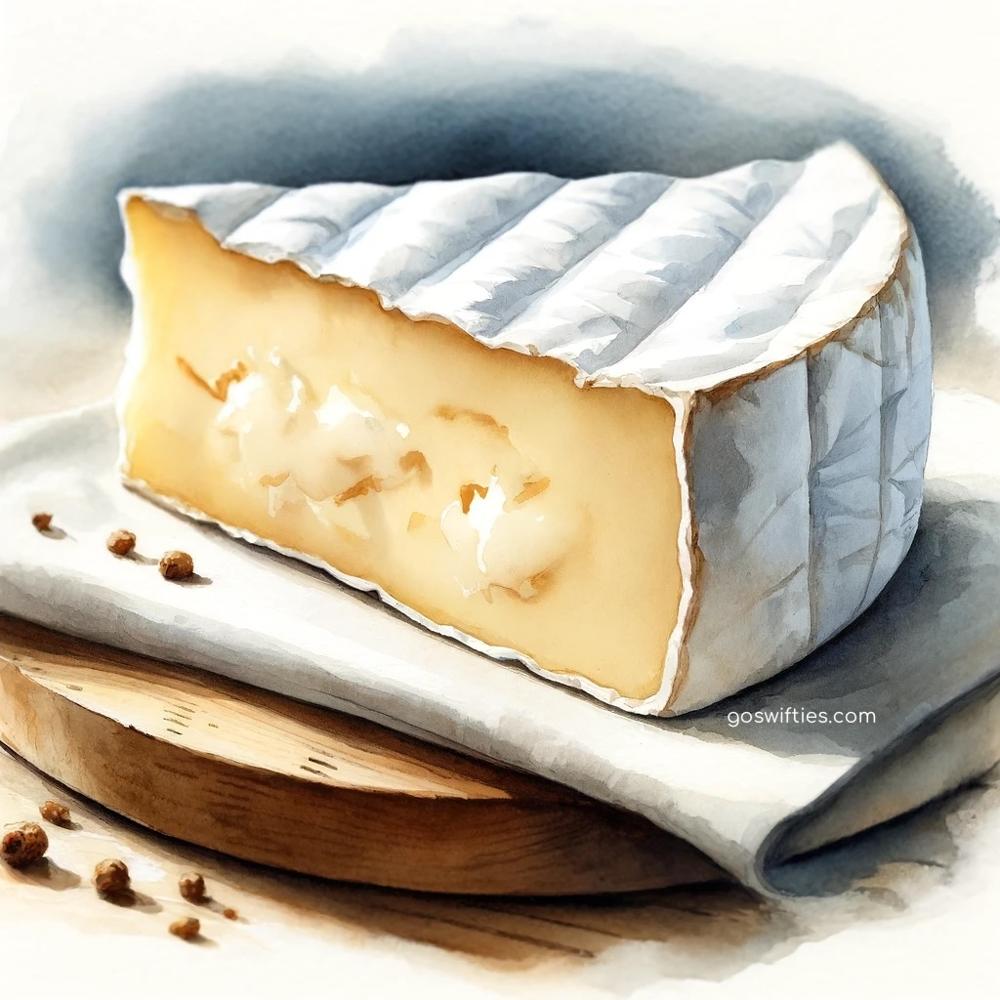
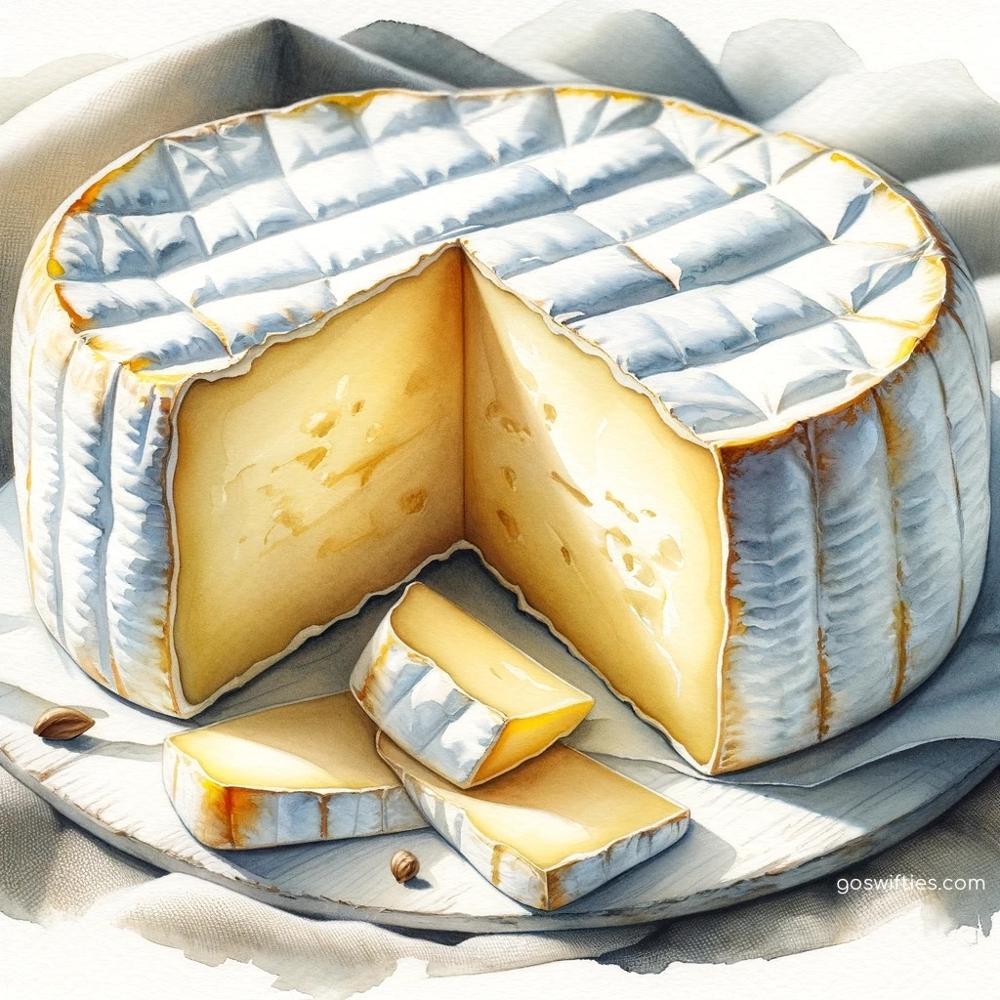
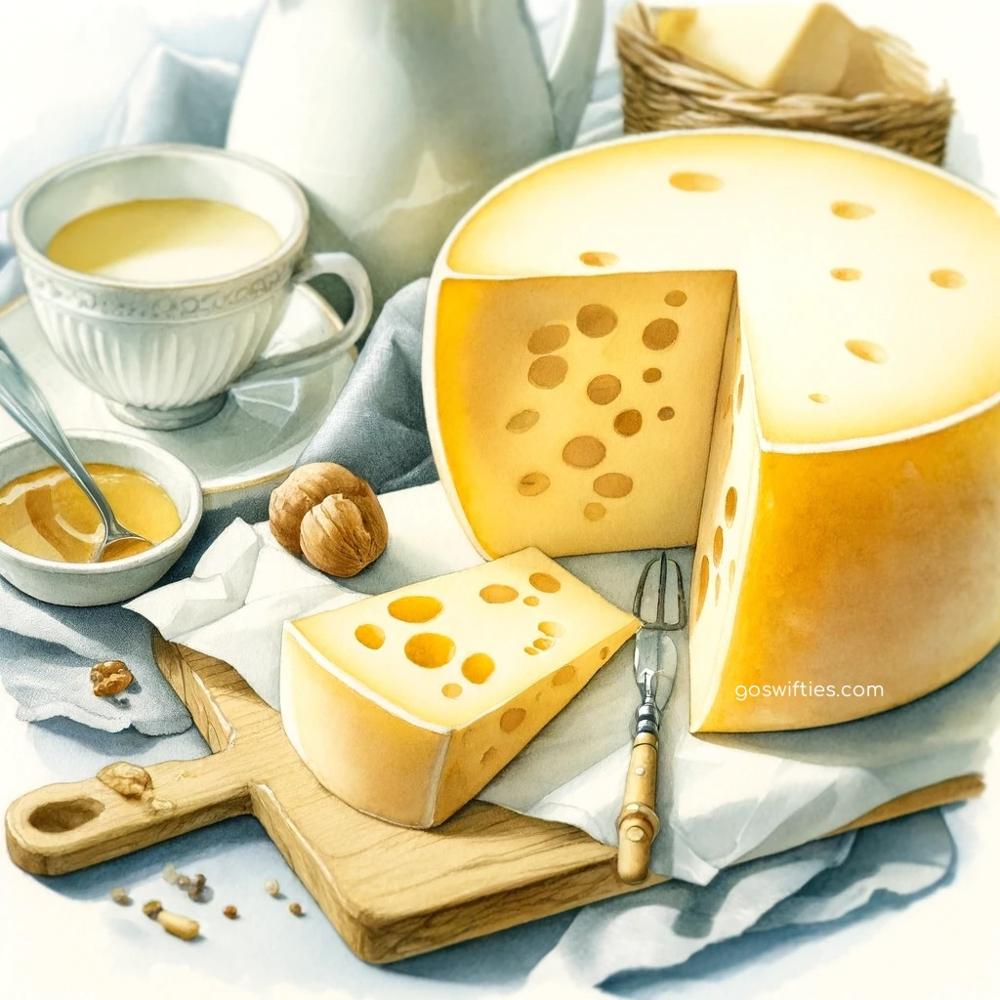
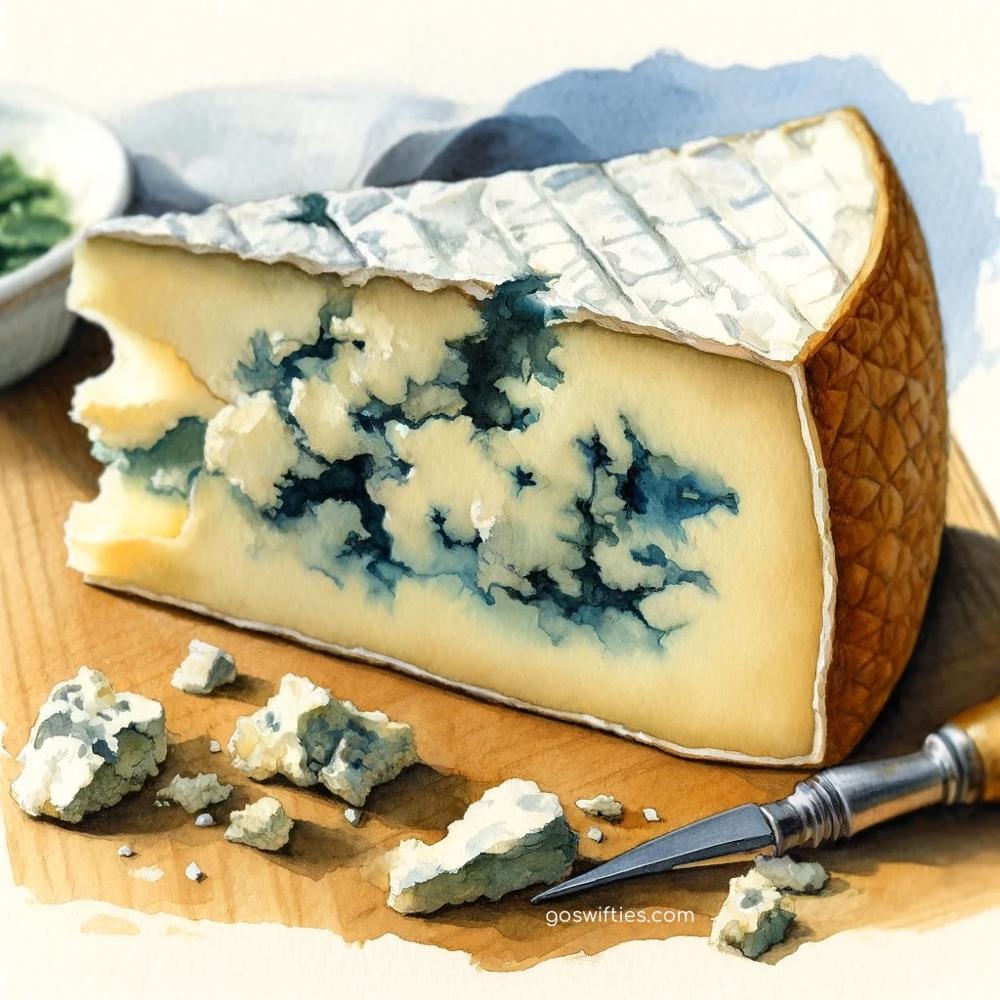
Camembert.
From Normandy, soft and creamy with a bloomy rind.
Roquefort.
A blue cheese from the south of France, known for its sharp and tangy flavor.
Brie.
Another soft cheese from the Île-de-France, with a mild and buttery profile.
Comté.
From the Jura mountains, a hard cheese is celebrated for its nutty and complex flavours.
Reblochon.
Fresh, young, and tender are the signature features of this mountain cheese from the Savoie.
Munster.
Pungent and famous for its strong odour and its soft, smooth interior, oozing with a consistency like melting chocolate.
Pont l’Évêque.
May well be the oldest Normandy cheese still being made, soft, flavourful cheeses from the Calvados region.
Emmenthal.
Smooth and the aroma and taste are smooth and sweet, used in a number of cooked dishes, including gratins and fondues.
A Rich History.
The origins of French cheese date back over a thousand years, deeply rooted in monastic traditions. Monks were among the first to refine cheesemaking techniques, creating cheeses as a way of preserving milk. Over the centuries, these practices were honed and passed down through generations, with each region developing its own unique varieties based on local climates, breeds of cows, goats, or sheep, and indigenous flora.
Unique Ingredients And Processes.
French cheesemaking is an art that combines the simplicity of milk with the complex interplay of bacteria, molds, and time. Unique ingredients, such as the milk from specific breeds of local animals, are crucial. The processes vary widely, from the lactic fermentation of soft cheeses to the pressing and aging of hard cheeses. The use of natural caves in regions like Roquefort provides the perfect conditions for developing the molds that give blue cheeses their characteristic veins.
Culinary Integration.
French cheeses are not just for the cheeseboard; they play a starring role in many iconic French dishes. Camembert is baked into a gooey delight, while Roquefort enhances salads and sauces with its bold flavour. Brie finds its way into sandwiches and quiches, and Comté is a key ingredient in the traditional fondue and the savoury Croque Monsieur.
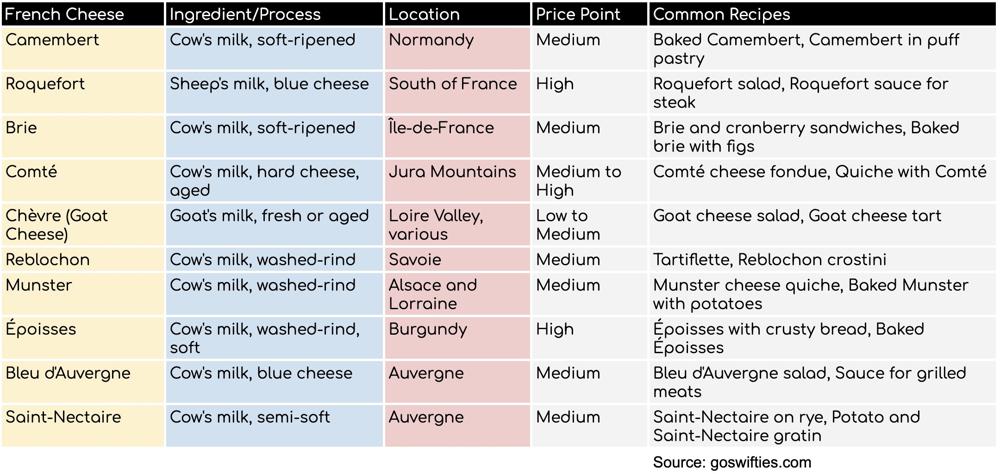
Cultural Significance.
Cheese holds a place of honour in French culture, symbolising the richness of French gastronomic heritage. It is a staple of daily life, enjoyed from simple family meals to elaborate dining experiences. The French tradition of the cheese course, served between the main course and dessert, reflects the reverence for cheese. Furthermore, cheese is celebrated through numerous festivals and fairs, particularly in regions known for their specific varieties.
The story of French cheese is a mosaic of regional identities, artisanal dedication, and the joy of sharing. It encapsulates the essence of French terroir, the artistry of cheesemakers, and the communal spirit of the French table. In exploring French cheeses, one discovers not just the flavours and textures but the stories of a land rich in culinary tradition and innovation.
Originally published at: GoSwifties.com
For enquiries, product placements, sponsorships, and collaborations, connect with us at hello@zedista.com. We'd love to hear from you!
Our humans need coffee too! Your support is highly appreciated, thank you!

